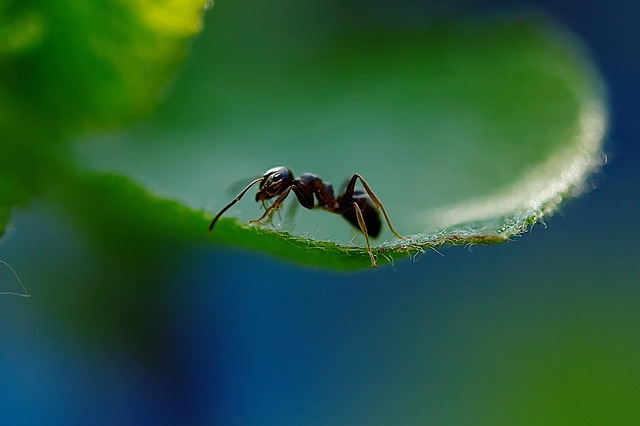Understanding ant behaviors and habitats is key to effective Ant Control. Ants live in complex colonies with specialized roles, communicating via pheromone trails. Nests can be found in various locations. By identifying these habitats and disrupting feeding patterns, specialists can implement targeted treatments for colony elimination and prevent future infestations. Early detection through signs like pheromone trails or nests is crucial. Modern Ant Control methods include eco-friendly baits, heat treatments, and advanced monitoring systems. Regular inspections and maintaining a clean environment help prevent invasions. Professional ant extermination services offer tailored, safe, and environmentally friendly solutions.
Ants, despite their tiny size, can cause big problems for homeowners. Understanding ant behaviors and habitats is key to effective ant control. This article explores common ant species, identifying infestation signs, traditional and modern extermination methods, and preventative measures. We delve into the rise of professional ant control services, case studies of successful exterminations, and tips for choosing the right expert. Armed with this knowledge, you’ll be better equipped to manage or eliminate ants effectively, securing your space from these persistent intruders.
Understanding Ant Behaviors and Habitats
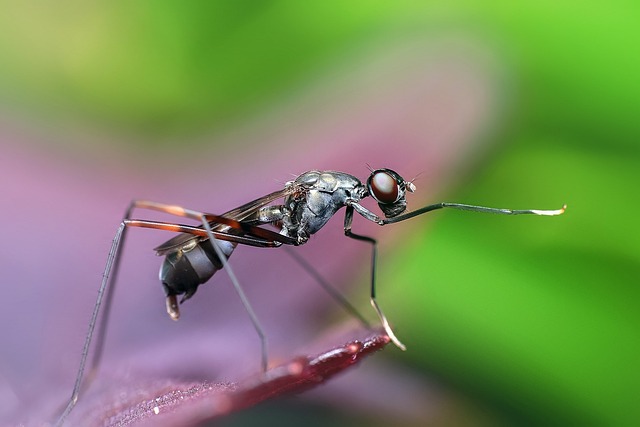
Understanding ant behaviors is crucial for effective ant control. Ants are highly organized and adaptive creatures, living in complex colonies with distinct roles for each member. They communicate through pheromone trails, which help them locate food sources and navigate their habitats efficiently. Their nests can be found in various locations, from cracks in walls to beneath floors or even in outdoor landscaping. Identifying these habitats is the first step towards successful ant control, as it allows professionals to target treatments precisely where ants are most active and breed.
Ants prefer environments that provide easy access to food and water, and they are particularly attracted to sweet substances and protein-rich materials. By understanding their preferences, pest control specialists can implement strategies to disrupt their feeding patterns and discourage infestation. Regular inspections and identifying ant trails are key methods in Ant Control, enabling professionals to devise tailored plans for colony elimination and prevent future infestations.
Common Ant Species and Their Unique Traits
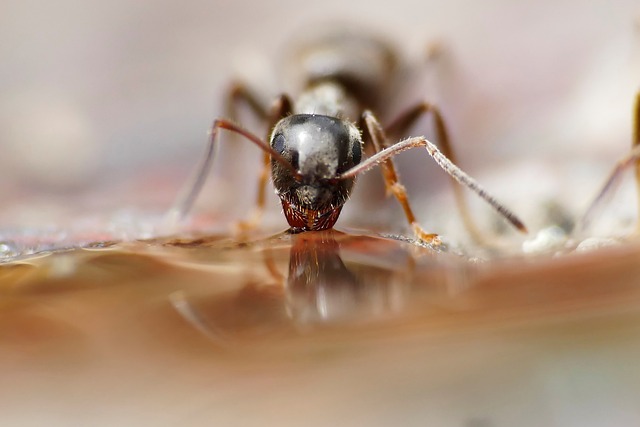
Ants are highly organized social insects, living in colonies that can range from a few dozen to millions of individuals. Understanding common ant species and their unique traits is crucial for effective ant control. One of the most well-known species is the Eastern Subterfuge Ant (Nylanderia fulva), also known as the rainbow ant. These ants are easily identifiable by their distinctive yellow, black, and red stripes and prefer to build nests in buried soil near structures, often moving into homes in search of food.
Another common pest is the Caribbean Forest Ant (Paratrechina longiculis), which has gained a significant presence globally due to human trade. Unlike many ants, these species are not native to North America but have adapted well to urban environments. They are small, agile, and highly aggressive foragers, making them difficult to eliminate once established. Knowing the unique behaviors and habitats of different ant species is essential for implementing targeted ant control measures.
Identifying Signs of an Ant Infestation
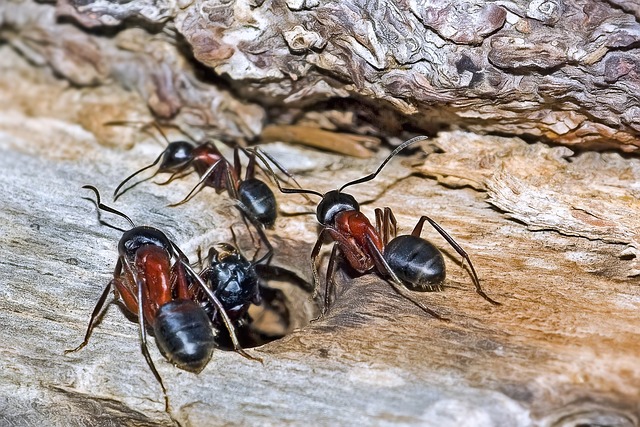
Ants are relentless invaders, often showing up in homes and businesses unexpectedly. Recognizing their presence early is crucial for effective ant control. One of the first steps in combating an ant infestation is understanding the signs left behind by these tiny creatures. Look for small trails or pheromone paths leading to food sources, which can indicate an active colony nearby. These paths are often visible on floors, walls, or even furniture, and ants may be seen scurrying along them.
Another telltale sign is the presence of ant nests or colonies within your space. Ants construct intricate nest systems in various places, including behind walls, under floorboards, or inside furniture. You might also notice small holes or entry points where ants are entering your home. The faster you identify these signs, the quicker you can take action to eradicate the infestation and prevent further damage from these persistent pests.
Traditional Ant Extermination Methods
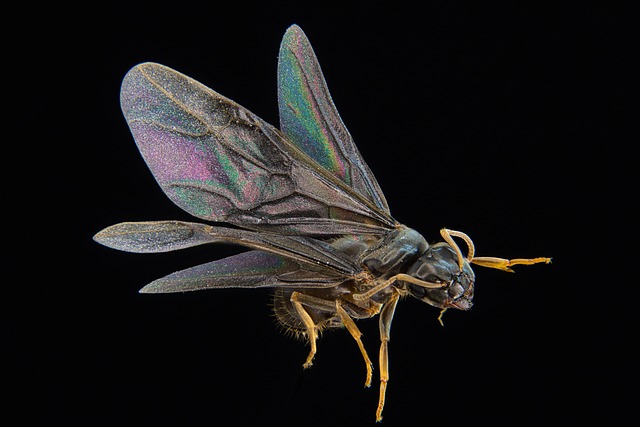
Traditional ant extermination often relies on chemical pesticides, which can be effective but come with drawbacks. These chemicals may pose risks to human health and the environment, necessitating careful application and safety precautions. Additionally, ants are highly adaptive creatures; regular use of pesticides can lead to resistance, rendering them less effective over time.
Alternative methods like baits offer a more environmentally friendly approach to ant control. By using substances that attract ants and only harm them after consumption, these baits can be placed in strategic locations without affecting non-target species or the overall ecosystem. This targeted strategy has proven successful in managing ant populations while minimizing the use of harsh chemicals.
The Rise of Professional Ant Control Services
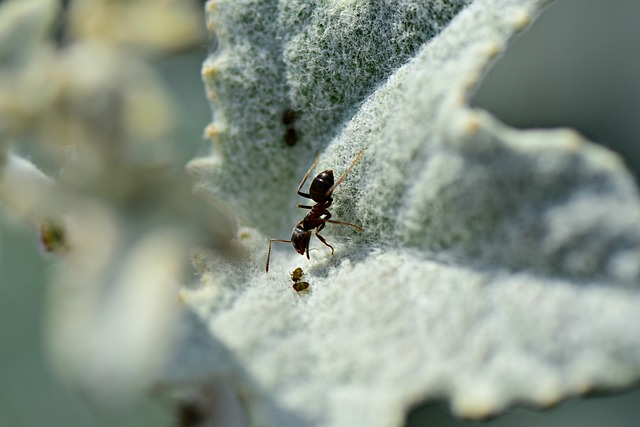
In today’s world, as human settlements expand and urbanize, so does the demand for specialized pest control services, particularly for ant control. The rise of professional ant extermination services is a direct response to the increasing complexity of managing these persistent pests in various environments, from homes to commercial spaces. With ants being one of the most common household invaders, professionals have honed their expertise to offer effective and tailored solutions.
Modern lifestyles and globalized trade have introduced numerous ant species to new regions, posing unique challenges for pest management. Professional services leverage advanced techniques and technologies, such as heat treatments, chemical applications, and non-toxic methods, ensuring efficient ant control while minimizing environmental impact. Their specialized knowledge allows them to identify specific ant behaviors, habitats, and food sources, enabling targeted interventions that residential and commercial property owners may not readily access or effectively employ on their own.
Modern Techniques for Effective Ant Management
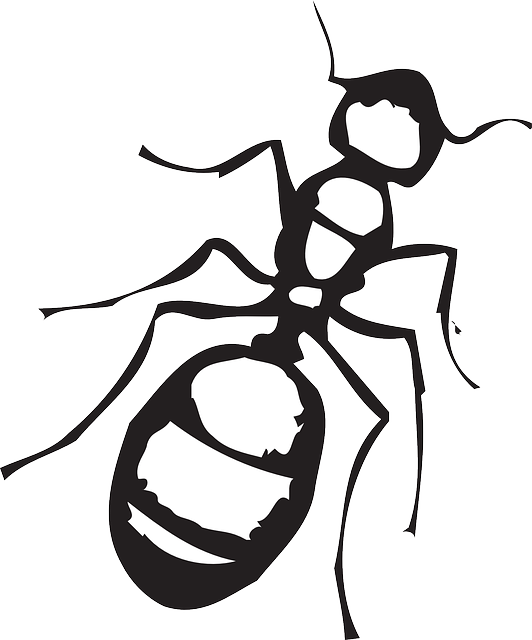
In today’s digital era, modern techniques for ant control have revolutionized pest management. Professionals now employ sophisticated methods that go beyond traditional bug sprays and poison baits. These innovative approaches include using pheromone traps, which disrupt ants’ communication networks by capturing and neutralizing their scent trails. Additionally, heat treatment and steam cleaning are non-chemical options that effectively eliminate ant infestations by targeting their hidden nests and colonies.
Another game-changer is the integration of biological control agents, such as beneficial insects or fungi, which specifically target ants without harming other organisms. These eco-friendly methods not only provide effective ant control but also contribute to a more sustainable environment. Moreover, professionals now utilize advanced monitoring systems that detect even the subtlest signs of ant activity, enabling them to implement targeted and proactive strategies for long-term prevention.
Preventative Measures: Securing Your Space Against Ants
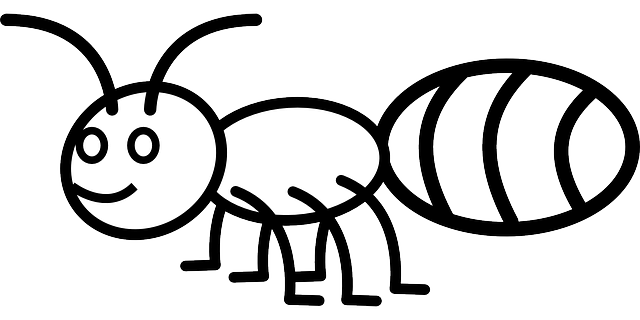
To prevent ants from invading your space, the first line of defence is to secure your environment. Start by identifying and sealing any entry points. Ants are tiny, so even the smallest crack or gap can serve as an invitation. Regularly inspect your walls, floors, and doors for signs of damage and repair them promptly. Keep an eye out for ant trails, as these paths lead to potential food sources; cleaning and wiping down surfaces can disrupt these trails.
Additionally, maintain a clean and clutter-free environment. Ants are attracted to food remnants, so ensuring your kitchen is spotless and food is stored in airtight containers goes a long way in ant control. Regularly vacuum and sweep floors, and wash dishes immediately after use. By making your space less appealing to ants, you significantly reduce the risk of an infestation.
Case Studies: Successful Ant Extermination Stories

Ants can invade homes and businesses in large numbers, causing significant disruptions. However, numerous successful case studies prove that professional ant extermination services are highly effective. One such instance involved a commercial property plagued by carpenter ants, which led to structural damage. A specialized pest control team conducted thorough inspections, identified the main nests, and deployed a combination of eco-friendly baits and targeted treatments. Within weeks, the ant population was significantly reduced, and the property was free from ant activity.
Another notable case concerned a residential home with a persistent fire ant problem causing discomfort and safety hazards for the family. The experts implemented a strategic plan, including yard treatment, interior baiting, and sealing entry points. This multi-faceted approach resulted in complete ant control, ensuring the residents’ comfort and peace of mind. These real-world examples highlight how professional ant control measures can transform environments once infested, offering lasting solutions for both commercial and residential settings.
Choosing the Right Professional Ant Exterminator
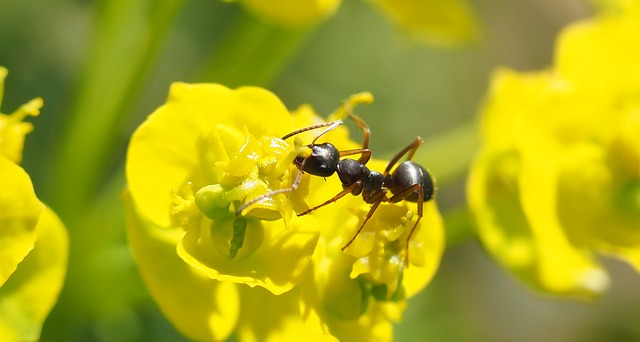
When dealing with an ant infestation, it’s crucial to choose a professional ant exterminator who can provide effective ant control. Look for companies that have a proven track record and specialized expertise in handling various ant species. A reputable exterminator will start by conducting a thorough inspection to identify the type of ants infesting your space and determine the best course of action. They should offer safe and environmentally friendly solutions, using advanced techniques and products to eliminate ants without causing harm to people or pets.
Additionally, consider exterminators who provide preventive measures and ongoing monitoring. These services can help keep ants at bay in the long term, ensuring your home or commercial space remains pest-free. Reputable professionals will also be transparent about pricing, offering flexible options tailored to your needs, which includes one-time treatments or ongoing ant control packages.
